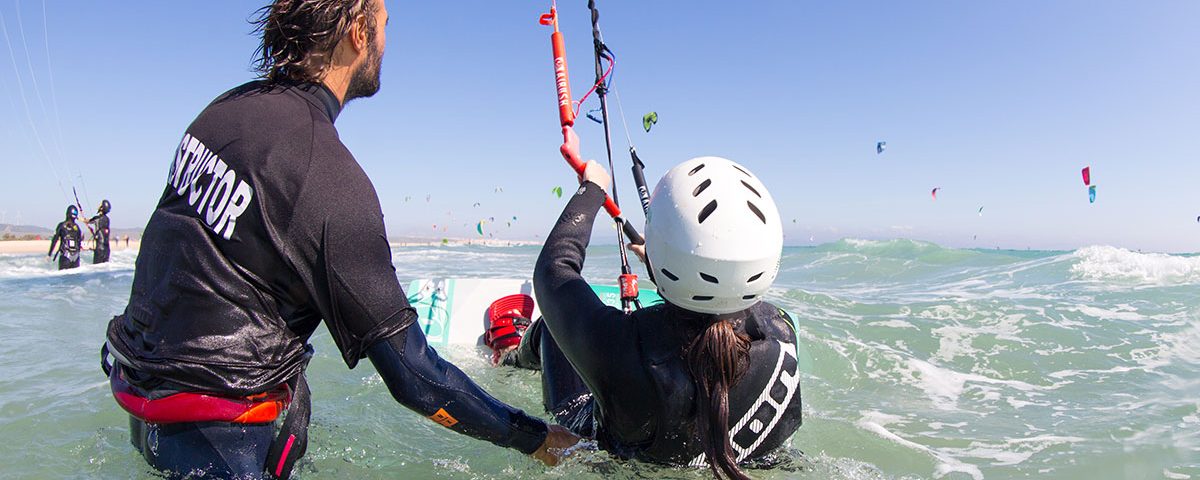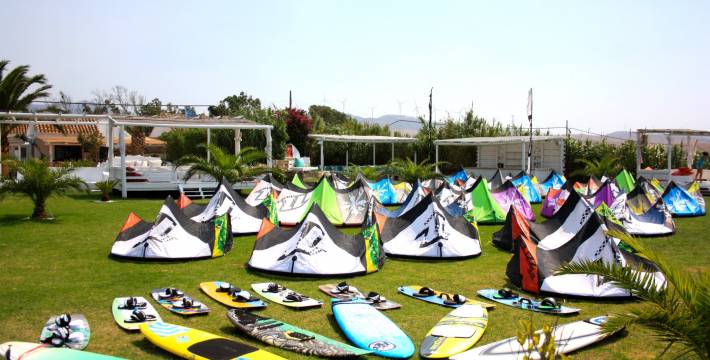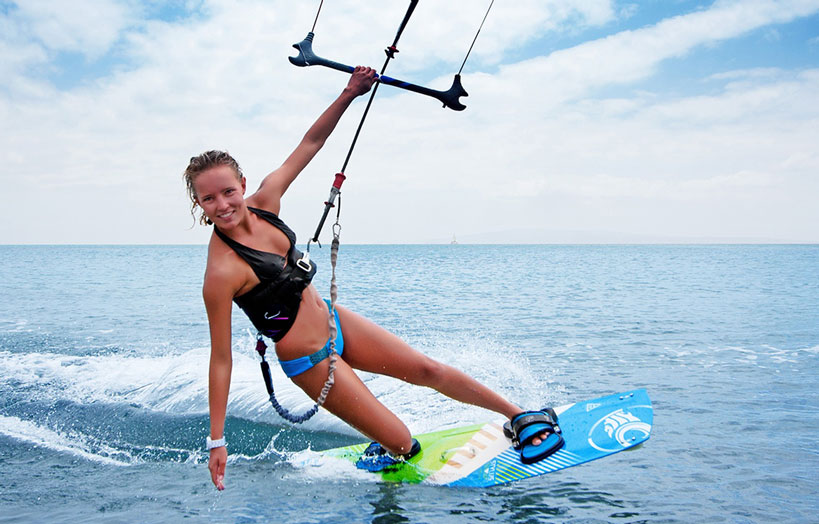Mastering the Skies: 5 Tips for Launching Your Kite Perfectly Every Time

Kite flying is an age-old pastime that brings joy and excitement to people of all ages. Whether you’re a seasoned enthusiast or a novice adventurer, launching your kite successfully sets the tone for a thrilling experience ahead. However, getting your kite off the ground smoothly can sometimes be a challenge. Fear not, for with the right technique and a few helpful tips, you can elevate your kite launching game to new heights. Here are five tips to ensure you launch your kite perfectly every time.
- Choose the Right Location: Selecting the optimal launch site is crucial for a successful kite-flying experience. Look for open spaces devoid of obstacles such as trees, buildings, or power lines. Beaches, parks, and wide-open fields are ideal locations with ample room for maneuvering. Avoid areas with turbulent winds or crowded spaces, as they can make launching your kite more difficult and potentially hazardous.
- Check Wind Conditions: Before launching your kite, take a moment to assess the wind conditions. Ideally, you’ll want a steady breeze of moderate intensity, neither too strong nor too weak. Aim for wind speeds ranging from 5 to 20 miles per hour, which provide sufficient lift without overpowering your kite. Use a windsock or wind gauge to gauge wind direction and strength accurately. Adjust your launch angle and positioning based on the prevailing wind, ensuring your kite catches the breeze effortlessly.
- Master the Launch Technique: Launching a kite is a delicate balance of timing, coordination, and finesse. Begin by laying out your kite on the ground with the leading edge facing into the wind. Secure the bridle and lines, ensuring they’re untangled and free from obstructions. With one hand gripping the kite’s spars or frame, and the other holding the line, gently raise the kite into the air as the wind catches its sail. Gradually release more line as the kite gains altitude, maintaining a steady tension to prevent it from stalling or crashing. Practice this technique until you can launch your kite smoothly and confidently every time.
- Utilize Assistive Tools: Incorporating assistive tools can streamline the kite launching process and enhance your overall experience. Kite stakes or sand anchors can secure your kite while you prepare for launch, preventing it from drifting or toppling over in gusty conditions. A kite winder or reel makes it easier to manage your kite’s line, allowing for smooth unwinding during launch and efficient reeling in when it’s time to land. Additionally, enlisting the help of a friend or fellow kite enthusiast can provide valuable assistance and make the launching process more enjoyable.
- Practice Patience and Persistence: Launching a kite perfectly every time requires patience, practice, and a willingness to learn from mistakes. Don’t get discouraged by initial setbacks or failed attempts; instead, use them as opportunities to refine your technique and improve your skills. Experiment with different launch angles, wind conditions, and kite designs to find what works best for you. Embrace the learning process, celebrate small victories, and revel in the joy of watching your kite soar gracefully into the sky.
Mastering the art of launching your kite perfectly every time is a rewarding endeavor that enhances your enjoyment of this timeless pastime. By choosing the right location, checking wind conditions, mastering the launch technique, utilizing assistive tools, and practicing patience and persistence, you can elevate your kite-flying experience to new heights of excitement and satisfaction. So grab your kite, head outdoors, and let the winds carry your dreams aloft as you embark on an unforgettable journey through the skies. Happy flying!






